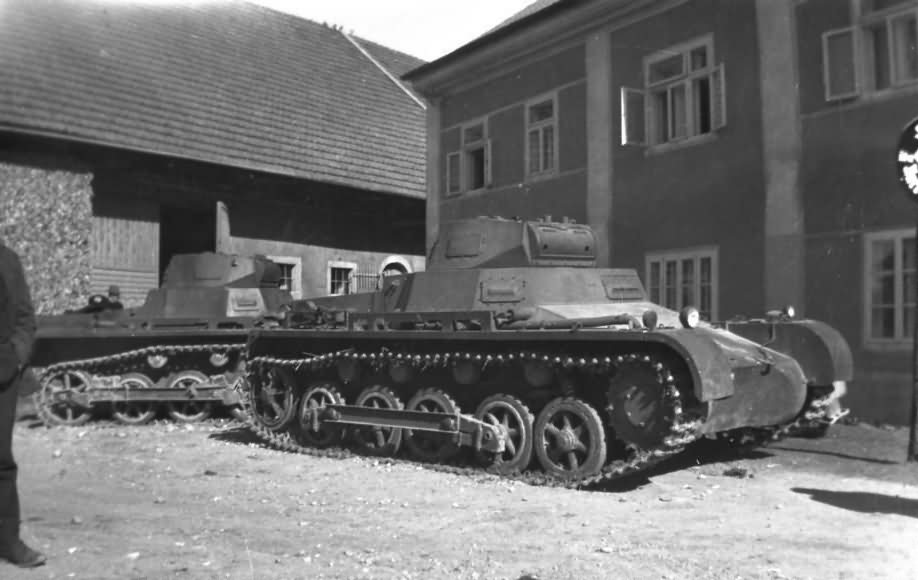Germany’s development of armored warfare during the mid-1930s marked a significant shift in military strategy, focusing on highly mobile and lightly armored tanks that could achieve strategic breakthroughs. The German Army prioritized mobility over heavy armor to counter the stagnation of trench warfare that characterized World War I, where machine guns had rendered mobility nearly impossible.
The Panzerkampfwagen I (Pz.Kpfw.I) became central to this strategy. Designed for speed and maneuverability, it was intended to protect against machine-gun fire while maintaining light armor to allow for maximum mobility. The assumption was that anti-tank guns would not pose a significant threat, as shown by studies estimating that a battalion of 100 tanks could break through a French infantry division with only about 50% losses.
As General Heinz Guderian outlined in his 1937 book, Die Panzertruppen, light tanks armed with machine guns could perform a variety of roles such as reconnaissance, providing security, and supporting infantry. Guderian emphasized that these lightly armored vehicles, due to their speed, low height, and maneuverability, could effectively challenge anti-tank guns, especially when employed in large numbers. Their relatively low cost allowed for mass production, making them suitable for deployment in substantial quantities.
By January 1935, General Lutz, the Inspector of Motorized Troops, had outlined plans for the distribution of 1,000 Pz.Kpfw.I tanks. This would enable the rapid formation of three Panzer-Divisions and three independent Panzer-Brigades by October of the same year. The first Panzer units began receiving these light tanks, referred to as M.G.Panzerwagen due to their machine-gun armament, by the end of 1935, with each company receiving about 17 tanks.
The first large-scale trial exercise occurred in August 1935 at the Munster training grounds, where 318 Pz.Kpfw.I tanks and 15 radio-equipped light tanks participated. While the Pz.Kpfw.I was an “emergency solution,” General Lutz acknowledged the need for tanks with armor-defeating weapons, such as those armed with 3.7 cm and 7.5 cm guns, which would soon be introduced.
By late 1935, the German Army began to expand its armored forces further. Panzer-Regiments 5 and 6 received their first tanks, while the 3rd Panzer-Division began forming shortly after. As of 1936, the German Army had 1,160 Pz.Kpfw.I Ausf.A, supplemented by newer models like the Pz.Kpfw.I Ausf.B and command tanks (kl.Pz.Bef.Wg).
Despite the success of the Pz.Kpfw.I as a training and early war tank, German military leaders recognized that heavier, more heavily armed vehicles were necessary for long-term success. However, the initial investment in light tanks like the Pz.Kpfw.I allowed Germany to rapidly develop and deploy its armored forces, laying the foundation for the Blitzkrieg tactics that would dominate the early years of World War II.
